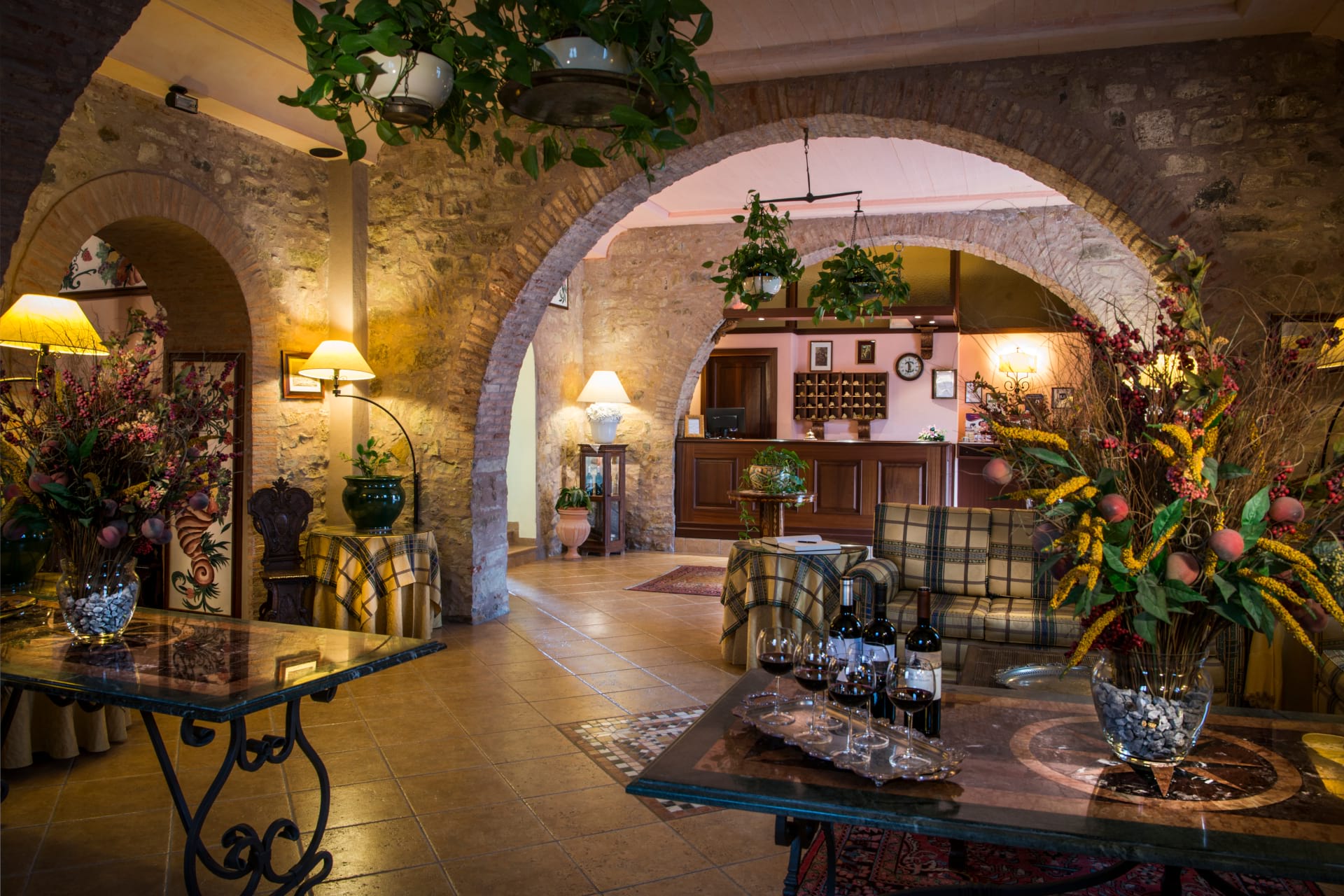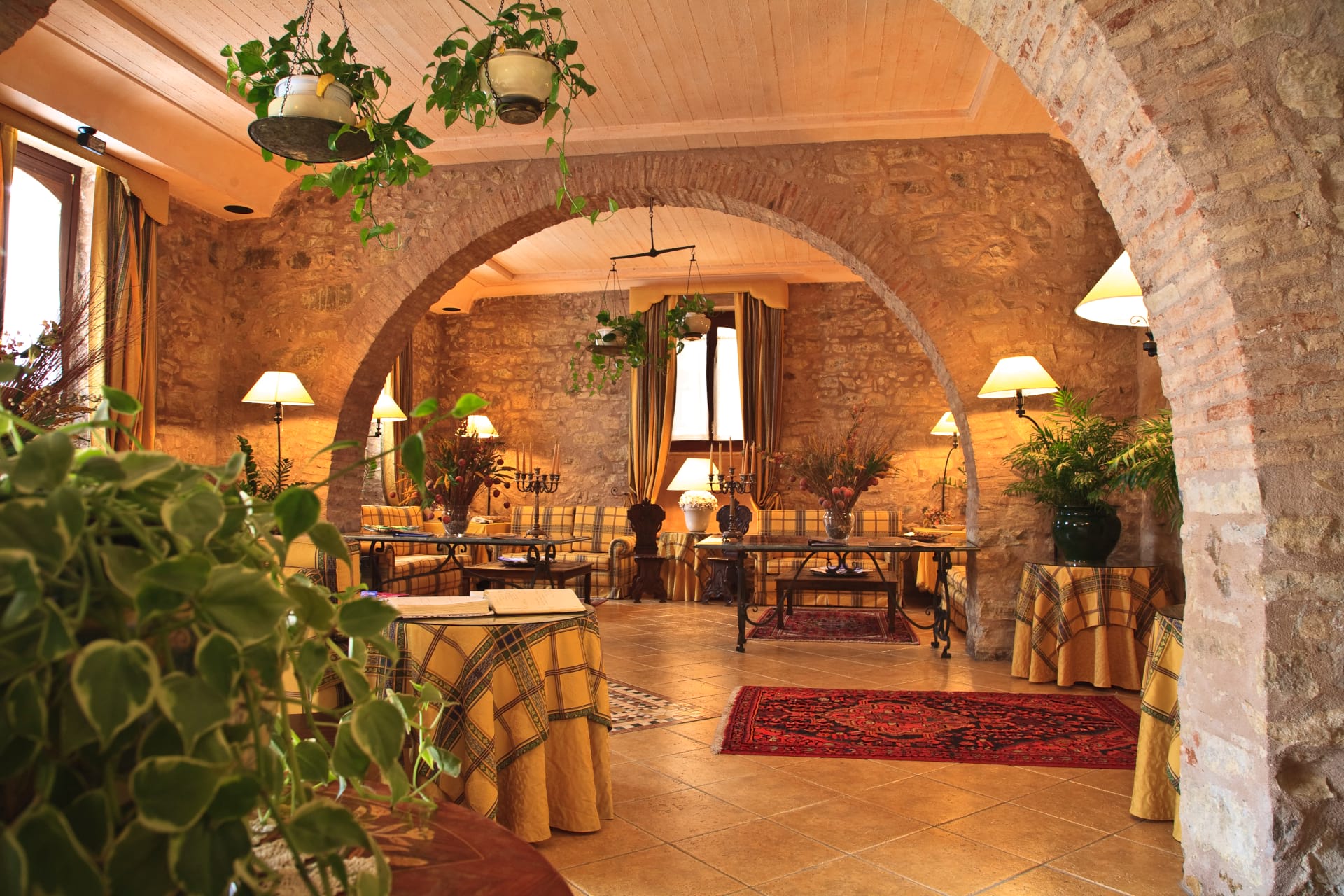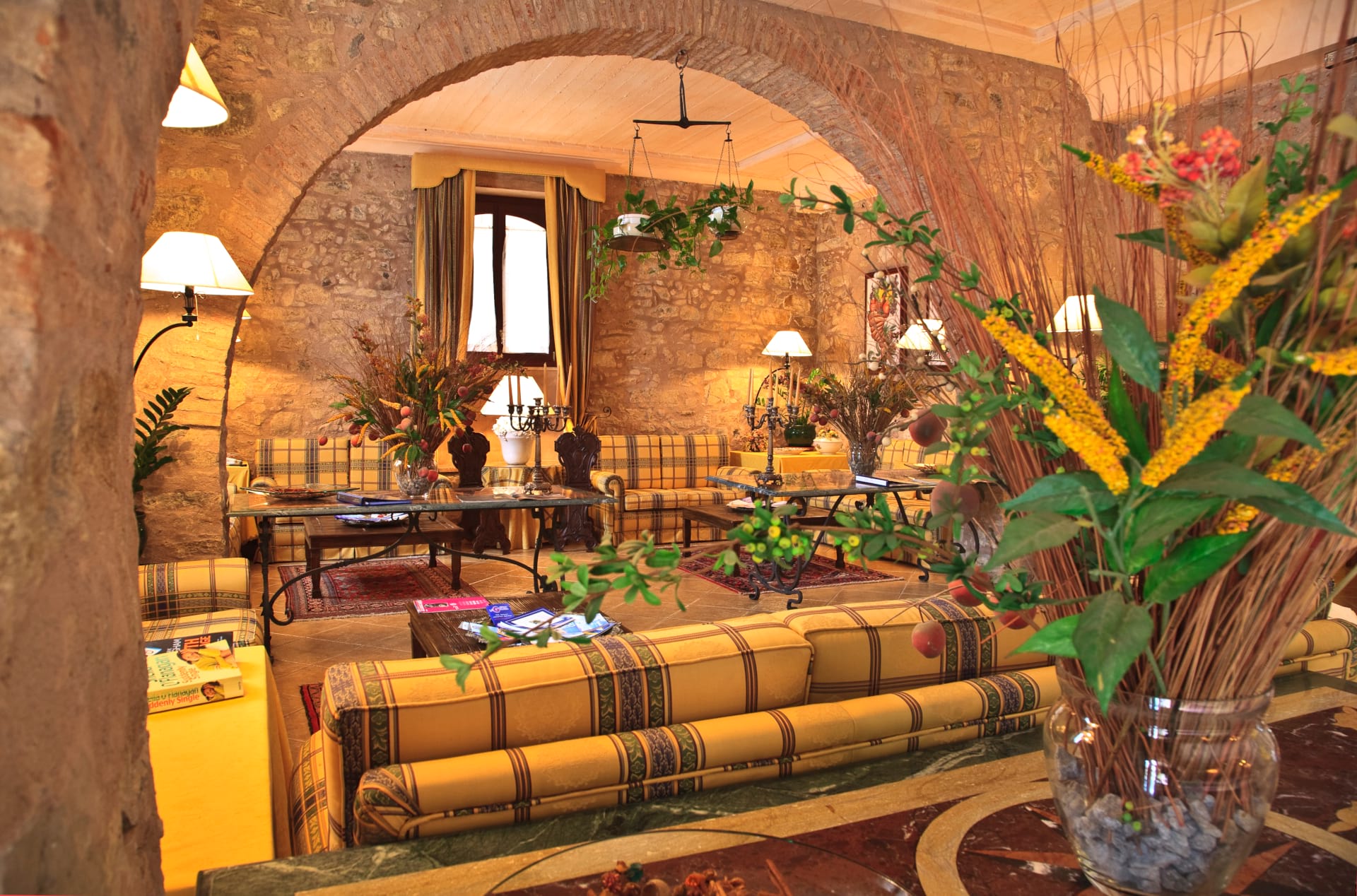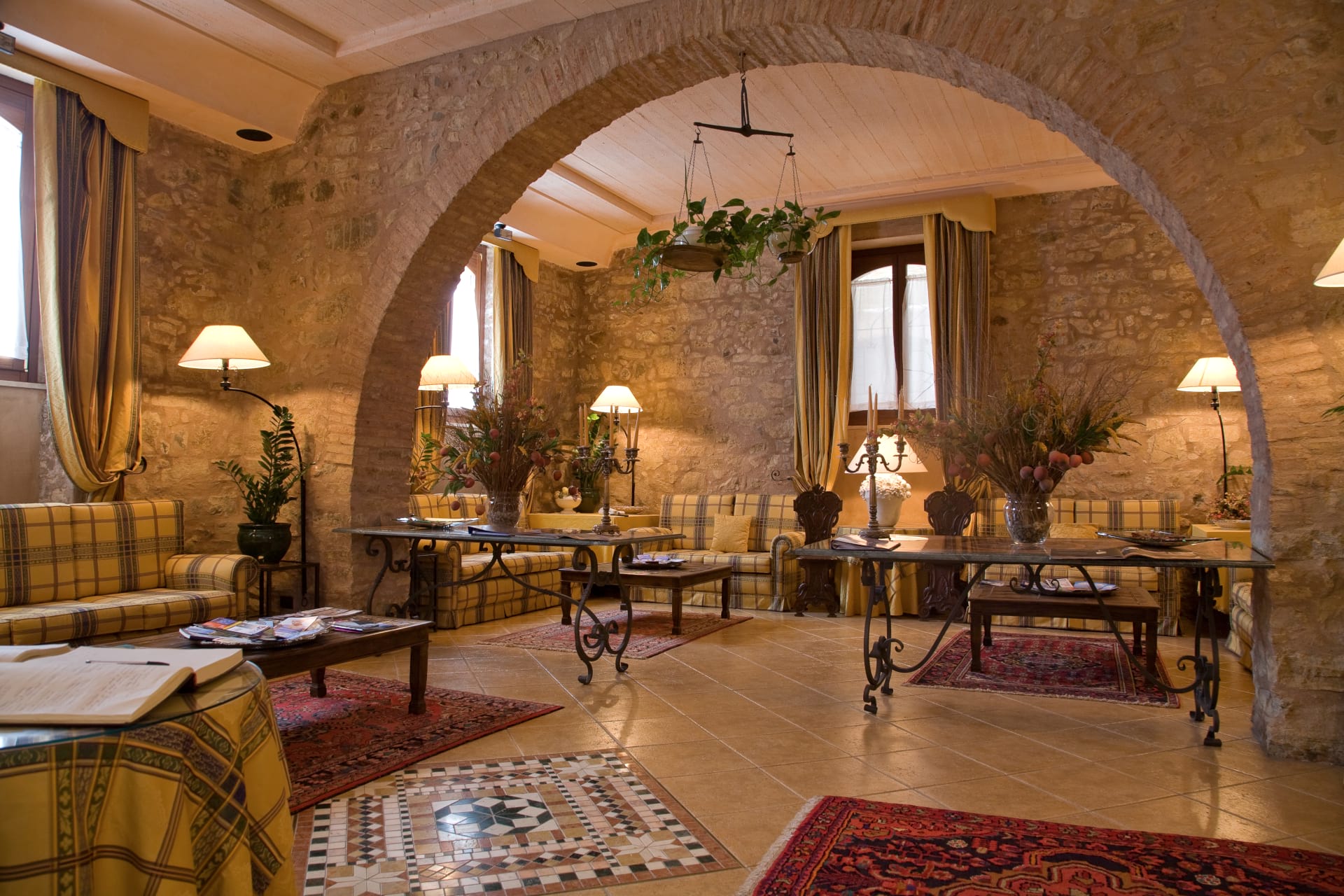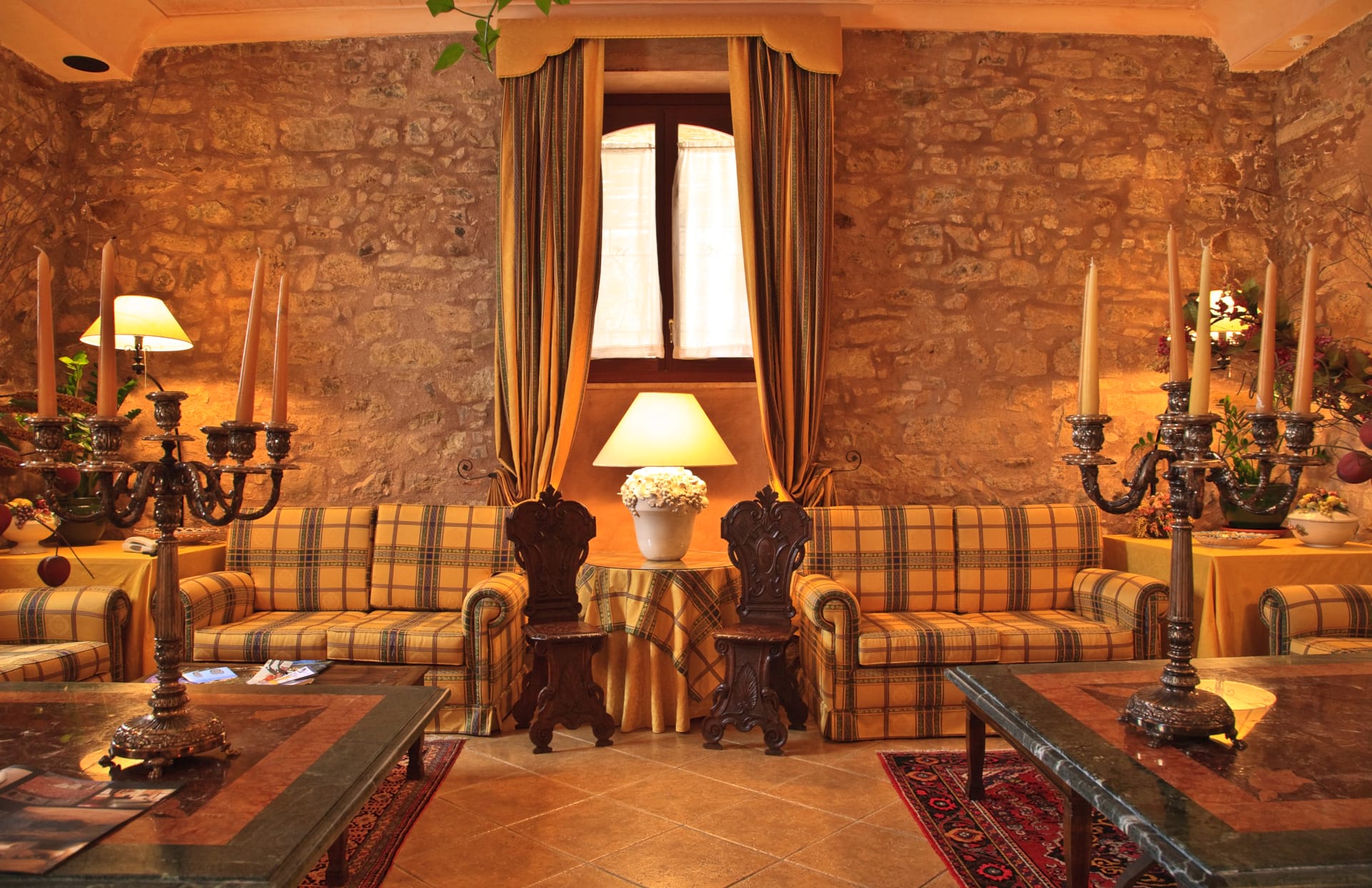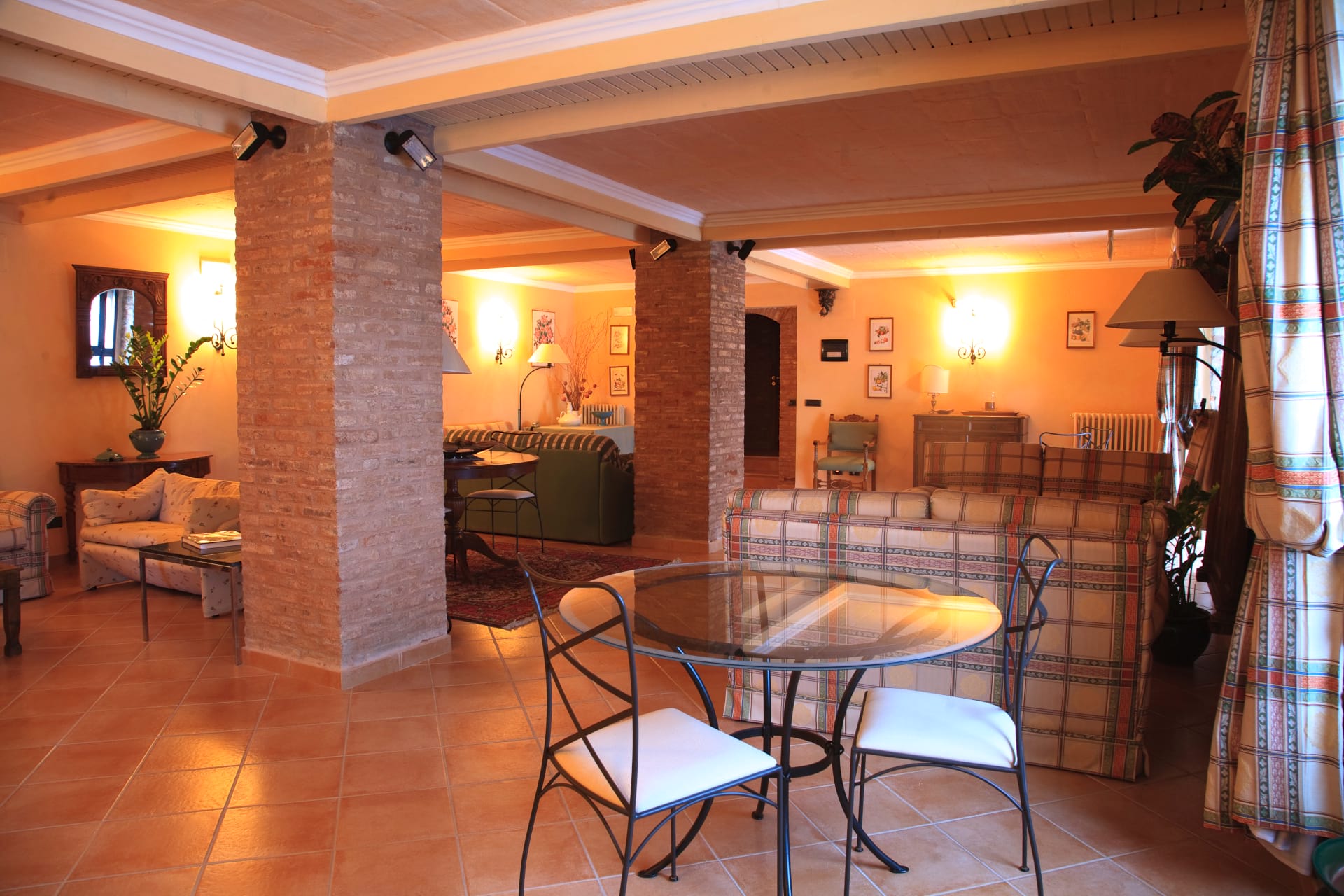The History of Abbazia Santa Anastasia
to relive the charm of the Middle Ages
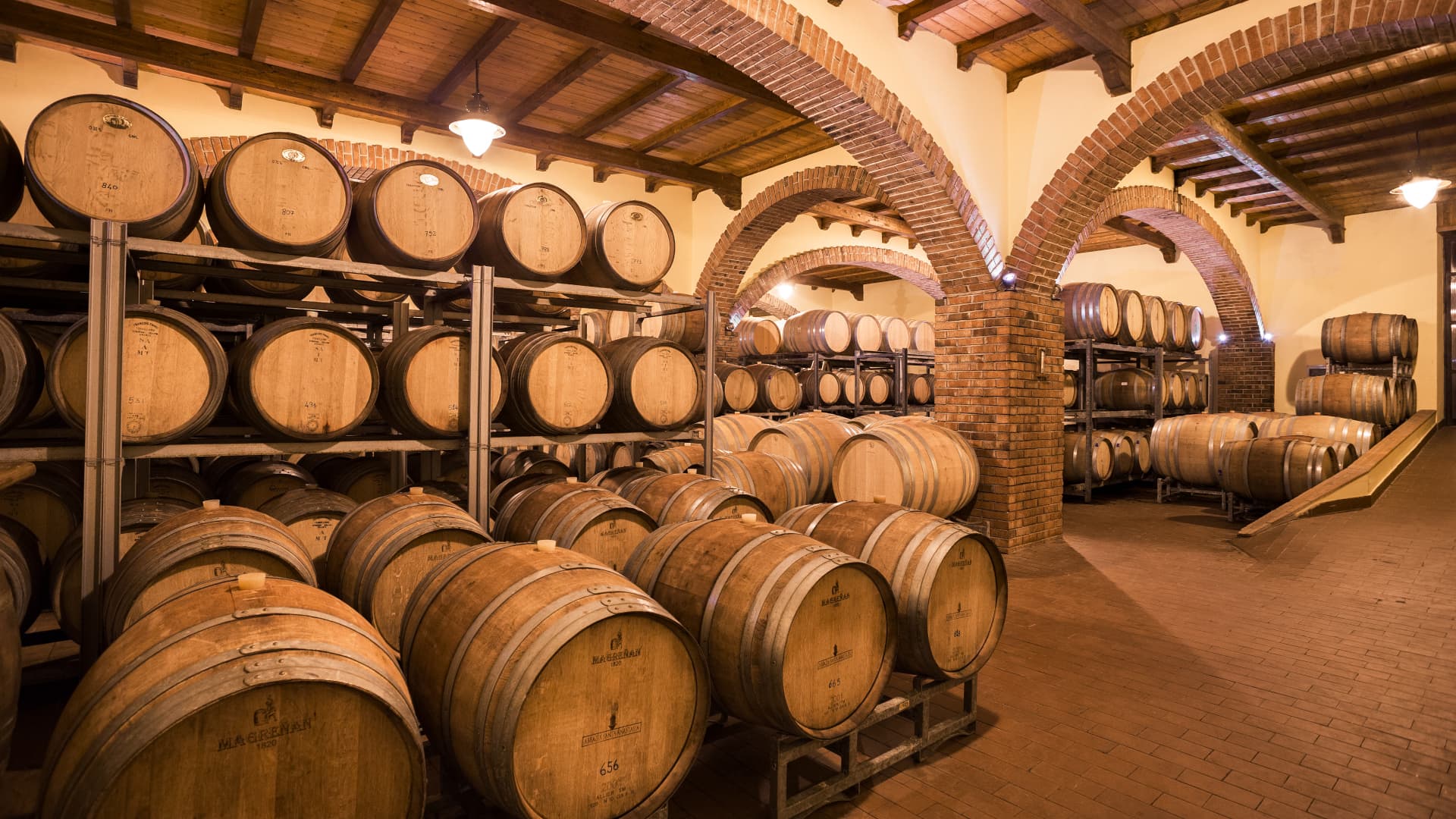
Witness of the past and guardian of the Sicilian wine tradition
thanks to the Benedictine monks
In the prestigious Abbey, built at the behest of Count Roger around 1100, the Benedictine monks settled for centuries thanks to whom the first forms of viticulture and winemaking techniques are due, as evidenced by the fascinating former stone trough and the barrel cellar.
Its name is linked to the medieval tradition as indicated by Mogavero Fina: «the abbeys were considered in the same way as fiefdoms [...] taking their name from the place where they stood or from the name of a saint. In our case it was Saint Anastasia, martyr of the first Christian century: an auspicious name, etymologically meaning Resurrection».
Its name is linked to the medieval tradition as indicated by Mogavero Fina: «the abbeys were considered in the same way as fiefdoms [...] taking their name from the place where they stood or from the name of a saint. In our case it was Saint Anastasia, martyr of the first Christian century: an auspicious name, etymologically meaning Resurrection».
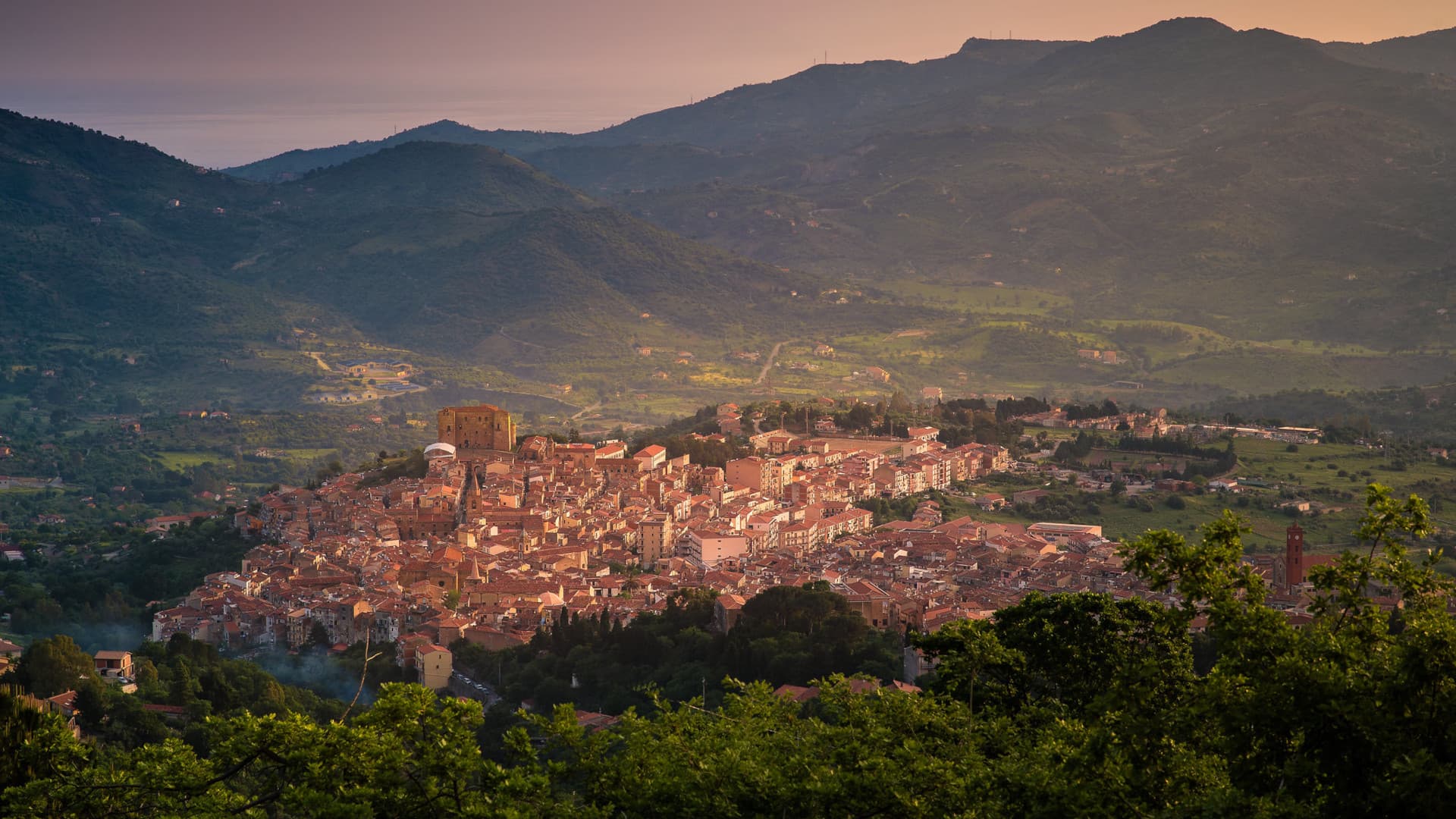
A Village among villages, near Castelbuono
surrounded by hills and vineyards
The Abbey was the centre of culture and business in the entire Madonie mountain area until the foundation of the city of Castelbuono, when the monks abandoned the building. Subsequently, it was after the unification of Italy that the area experienced a period of lustre, becoming an emblem of the agricultural industry thanks to the family of Baron Turrisi-Colonna. In that period, season after season, the vigorous vineyards of Santa Anastasia began to produce quality wines, recovering the Monks’ traditions who in ancient times worked the vines which gave life to wines much appreciated by the most important baronial and bishopric canteens of Sicily.
The charm of a thousand-year-old history marries the perfect balance between sustainability, wine tourism and well-being,
the important names in the history of Italian winemaking: Giacomo Tachis and Riccardo Cotarella
The winemaking tradition revived in 1980 with the investment made by the eng. Francesco Lena, who acquired the surrounding land and funds, making a significant enhancement of the vineyards aiming at the production of high-quality wines, and constructing a modern cellar in harmony with the surrounding environment, with no impact on the territory.
In 1994, the wine expert Giacomo Tachis, struck by the magnificence of these places, decided to sign the wines of Abbazia Santa Anastasia, helping thus to attract the general interest of the national and international wine scene.
The entire history of Abbazia Santa Anastasia is written by a succession of important names in the history of the Italian winemaking: Giacomo Tachis was followed by Riccardo Cotarella, acknowledged master of world oenology. Cotarella signed eleven harvests for Abbazia Santa Anastasia, thus contributing to affirming every single label of Abbazia Santa Anastasia among the most prestigious on the international wine scene. The distribution is managed by Gianfranco Lena, son of the eng. F.Lena.
Today the estate's wines are the result of the fruitful partnership between Gianfranco Cordero, an advocate of natural production, and Stefania Lena, current agronomist and Francesco Lena’s daughter. The love for the earth products, such as wine and oil, led the family to combine the principles of environmental sustainability with the entrepreneurial project of making Abbazia Santa Anastasia not only a pole of winemaking excellence but also a facility of charm through the construction of the current Resort expertly renovated (the renovation was followed by the architect Paola Moriconi, Francesco Lena’s wife) and inaugurated in all its magnificence in 2000.
Thanks to a scrupulous conservative restoration, Abbazia is a point of reference for those who long for a vacation characterized by the rhythms of nature, savouring in full relaxation and comfort all that Sicilian beauty is able to offer. Abbazia Santa Anastasia is an eco-resort capable of guaranteeing comfort while fully respecting the surrounding environment.
In 1994, the wine expert Giacomo Tachis, struck by the magnificence of these places, decided to sign the wines of Abbazia Santa Anastasia, helping thus to attract the general interest of the national and international wine scene.
The entire history of Abbazia Santa Anastasia is written by a succession of important names in the history of the Italian winemaking: Giacomo Tachis was followed by Riccardo Cotarella, acknowledged master of world oenology. Cotarella signed eleven harvests for Abbazia Santa Anastasia, thus contributing to affirming every single label of Abbazia Santa Anastasia among the most prestigious on the international wine scene. The distribution is managed by Gianfranco Lena, son of the eng. F.Lena.
Today the estate's wines are the result of the fruitful partnership between Gianfranco Cordero, an advocate of natural production, and Stefania Lena, current agronomist and Francesco Lena’s daughter. The love for the earth products, such as wine and oil, led the family to combine the principles of environmental sustainability with the entrepreneurial project of making Abbazia Santa Anastasia not only a pole of winemaking excellence but also a facility of charm through the construction of the current Resort expertly renovated (the renovation was followed by the architect Paola Moriconi, Francesco Lena’s wife) and inaugurated in all its magnificence in 2000.
Thanks to a scrupulous conservative restoration, Abbazia is a point of reference for those who long for a vacation characterized by the rhythms of nature, savouring in full relaxation and comfort all that Sicilian beauty is able to offer. Abbazia Santa Anastasia is an eco-resort capable of guaranteeing comfort while fully respecting the surrounding environment.



